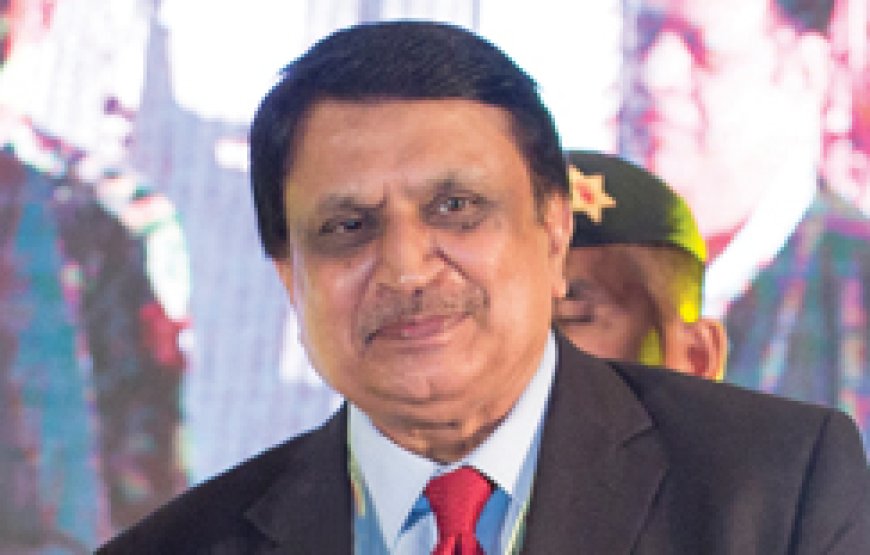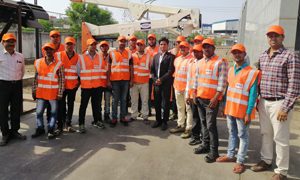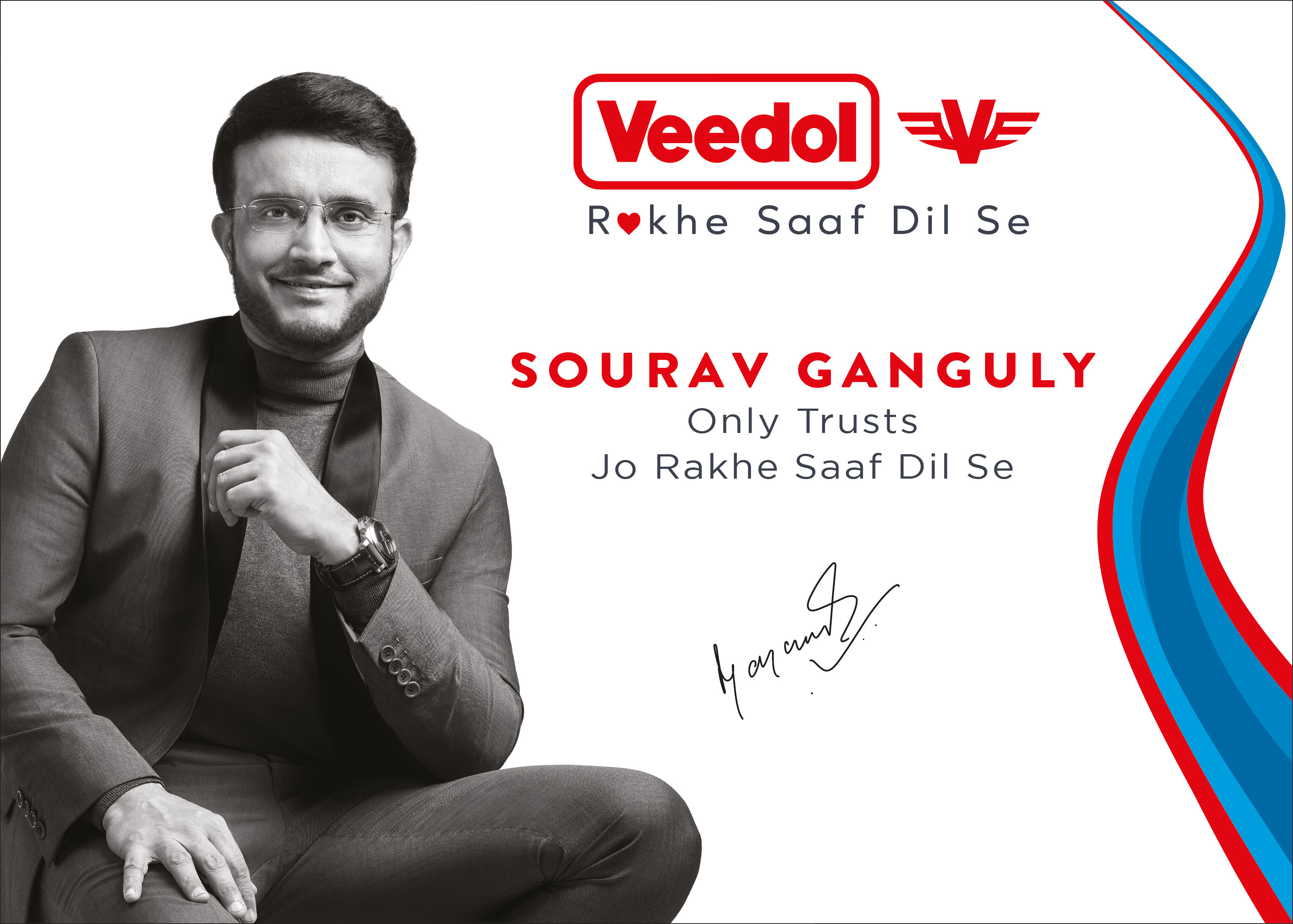Skilled and certified operators help save cost, enhance productivity & safety.
H S Mohan, CEO, IESC India. The Infrastructure and mining equipment sector is facing few challenges, which when resolved can have fruitful impact on the efficiency, cost and project’ time overruns. The first and foremost is mandation and certification of

 H S Mohan,
H S Mohan,
CEO,
IESC India.
The Infrastructure and mining equipment sector is facing few challenges, which when resolved can have fruitful impact on the efficiency, cost and project’ time overruns. The first and foremost is mandation and certification of operators, but industry also has to be sensitive to the needs of operators and create proper succession plan for them, says HS Mohan, CEO, IESC.
There is a huge shortage of skilled workforce in the Infrastructure equipment and mining equipment sector, what needs to be done to fill the gap?
The country since independence has largely been dealing with an unskilled workforce. The number is exponentially high with 96% in Korea and around 84% in Europe. The little change visible has come mostly after 2014 after the initiatives taken by the present government and for the first time we have cabinet minister heading the Skilling Ministry. India currently stands around 8 to 10% skilled work force.
As an industry the Infrastructure and mining equipment sector is facing few challenges, which when resolved can have fruitful impact on the efficiency, cost and project’ time overruns.
The first and foremost is mandating and certification of workforce. The major chunk of operators in the industry are not certified and have been operating high cost & technically advanced machines without any skills on the job. We need a license to drive a scooter but not to operate a heavy machine like an excavator, it’s not mandated to have licence. Operators job is not an aspirational one, the industry needs to be sensitive to their career plans with decent incomes to keep them interested.
The second important challenge is the man versus machine ratio. As a basic thumb rule we need 2:1 man to machine ratio. We also need 1 mechanic for approx 15 machines. However we fall apallingly short on this ratio. We have around 9 lakh operators in India handling around 9 lakh machines, but majority of operators are unskilled to operate the technically advanced machines. Last year India sold around 1 lakh machines and will need atleast 2 lakh skilled operators to handle them.
 What is the level of training required to create a battery of skilled workers or operators in India?
What is the level of training required to create a battery of skilled workers or operators in India?
At IESC we have designed our training programmes for operators from Level 3 up, this goes up to Level 7 which includes site engineers, site supervisors, managers, diploma holders & graduate engineers. The training is done by IESC accredited training centres with IESC certified trainers. Currently I 59 accredited training partners with 480 trainers are imparting trainings across the country covering 39 job roles for all the equipments, ensuring quality on trainig with necessary infrastructure as stipulated by the SSC. We have certified over 30,000 personal till date.
What is the most critical aspect required to improve the overall structure of training in India?
Government needs to encourage employment of skilled and certified personnel. All National Highway & State Highway tenders needs to mandate deployment of skilled and certified operators. If need be, the industry needs to be incentivised in the form of tax concessios. Even Finance & Insurance companies should insist on certified personnel operating the costly machines
What is the kind of efficiency we can expect from skilled operator vis-à-vis unskilled operator?
With any skilled operator on the wheels the downtime of equipment reduces and productivity spirals up. It also has a positive impact on the project overruns, which comes down substantially. Tata Projects, Adani , Sterlite Industries and L&T Construction have come forward to train all their existing field personnel on the field. It is an indicator that companies are mindful of the importance of having a trained certified hand on the job as compared to an uncertified personnel. We have taken up the project in big way and will train their atleast 10,000 personnel. The training will be done on their machines and at their sites. Crane Owners Association & Aerial Lift Platform Association are the other 2 important associations who have joined the momentum.
How long it takes for people to complete one level? And how much are they paid?
As a thumb rule every trainee should move from one level to another in 2 years. If someone is very good at it he can apply for an upgrade even after six months. A level 3 programme is for one month spread over 208 hours. 70% of the training is hands-on training on the machine while 30% training is in the class room. Additional on the job training will be an added advantage.
However in certain segments which have moved ahead, for an 500T Mobile Crane, the operator earns even Rs 80,000/ month with all other benefits, but a beginner can get around Rs 15000 – 20,000/- month at level 4.
Hits: 46











